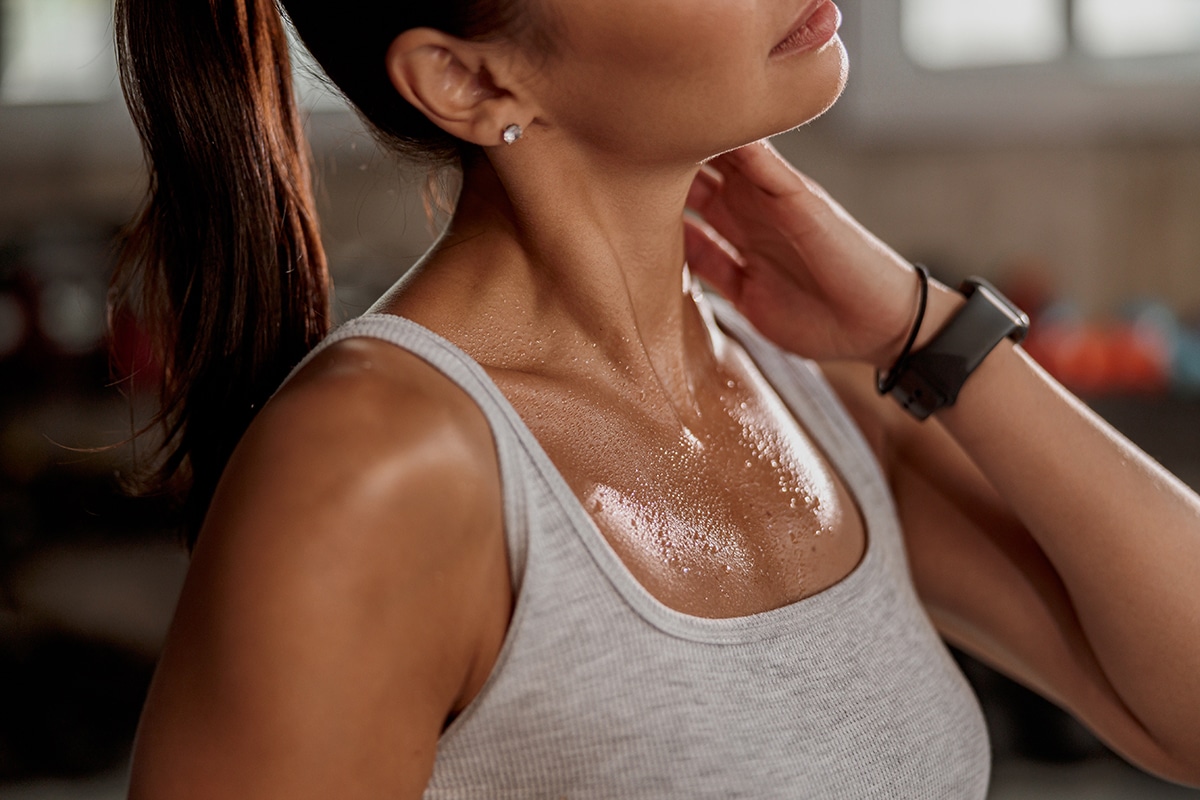The Intriguing Connection Between Sweat and Exercise
If you’re part of the majority who finds themselves a bit more drenched post-workout, you’re not alone. Sweating during exercise is a common phenomenon, but its implications and the science behind it remain misunderstood by many. A recent question from a follower brought to light the need to explore the relationship between sweating and exercise more deeply, a topic we’re diving into today.
Why Do We Sweat?
Sweating is our body’s natural way to regulate internal temperature. But this process is more sophisticated than it might seem at first glance. Beyond cooling us down, sweating plays roles in detoxification and the elimination of harmful toxins. It’s a response not only to physical heat but also to emotional stress, thanks to our sympathetic nervous system’s activation during ‘fight or flight’ scenarios.
Composition-wise, sweat is mostly water. However, it carries electrolytes like sodium, potassium, calcium, and magnesium, which are crucial for maintaining our body’s balance and supporting nerve function and muscle contraction. When we exercise, the evaporation of sweat from our skin—the process of heat dissipation—acts as a natural air conditioner, drawing heat away and cooling us down.
Sweat and Exercise: What’s the Link?
Indeed, there’s a link between sweat and physical activity, but it might not be what you expect. Exercising elevates our body temperature, leading to increased sweat production as our bodies attempt to cool down. However, the notion that more sweat equals a better workout or higher calorie burn is a myth.
The volume of sweat you produce is influenced by factors like genetics and environmental acclimation, not necessarily the effectiveness of your workout. For example, someone not used to a warm climate will sweat more as their body attempts to adapt to the higher temperatures, regardless of physical activity levels.
Debunking Sweat Myths
It’s crucial to understand that sweating more doesn’t mean you’re burning more calories. This misconception can lead to misguided efforts in measuring workout success. The heat generated from exercise does raise our body temperature, which in turn, causes us to sweat. But if calorie burn was solely dependent on body temperature, activities like sitting in a sauna would be the ultimate exercise—which, of course, they are not.
Concluding Thoughts
Sweating is a natural, complex process tied to our body’s response to heat and stress. While it’s an integral part of exercising, it’s not a definitive measure of workout quality or calorie expenditure. Understanding this can help alleviate concerns for those who sweat less or more during physical activity.
We hope this exploration has shed light on the fascinating dynamics of sweat and exercise. If you have more questions or myths you’d like us to tackle, feel free to drop a comment below. And don’t forget, if you found this information helpful, like, subscribe, and check out the links for more insights into fitness and well-being. See you in the next video!

Holly T. Baxter is an Australian Dietitian with over 13 years of experience in health and fitness. She holds a degree in Food Science and Nutrition and a Master of Dietetics from Deakin University. A former professional physique athlete, Holly has two World Championship titles. Her latest project, BiaBody, is dedicated to women’s health and fitness. As an APD Dietitian and Online Physique Coach, she focuses on evidence-based health education and empowering women through fitness.

